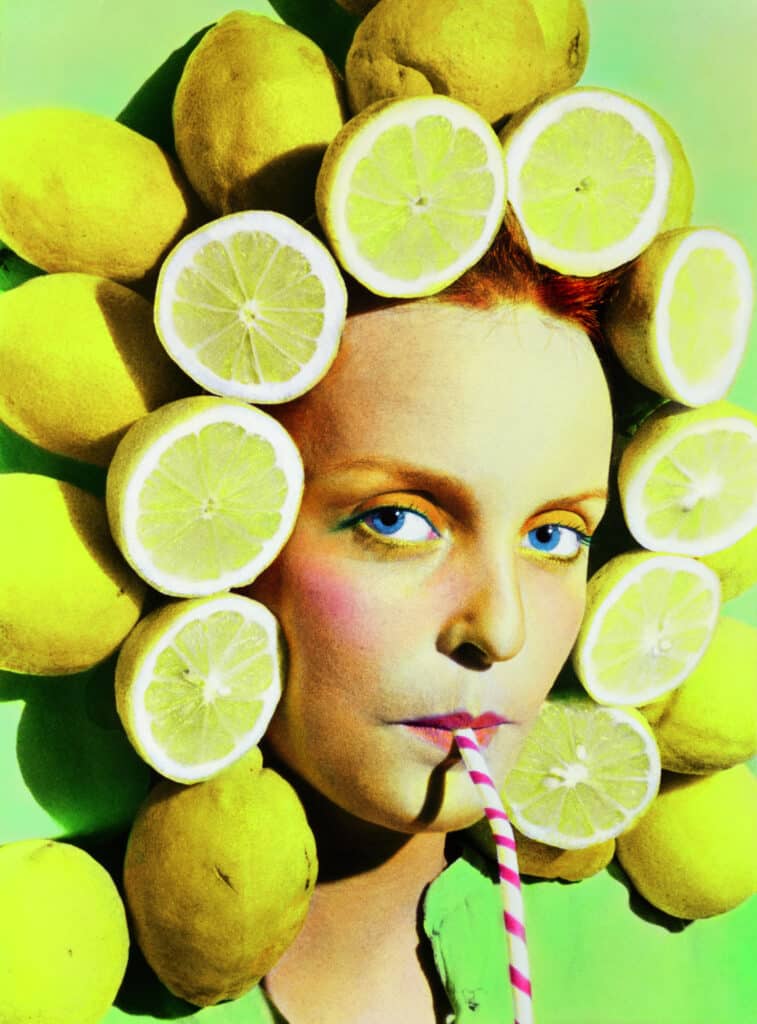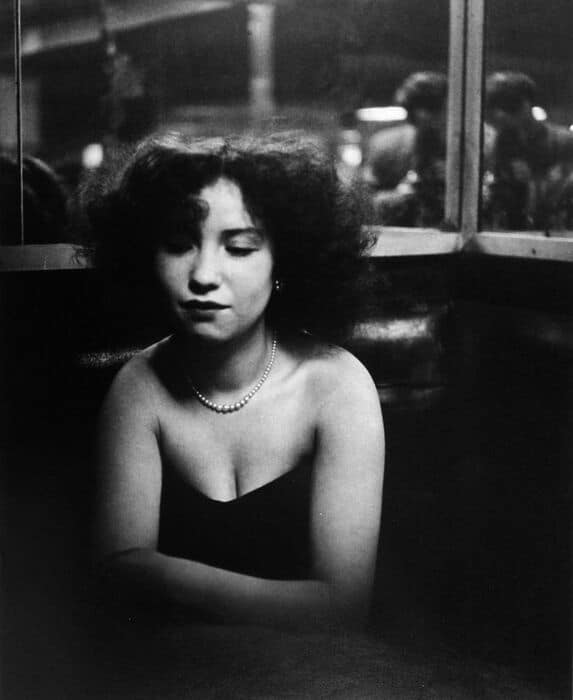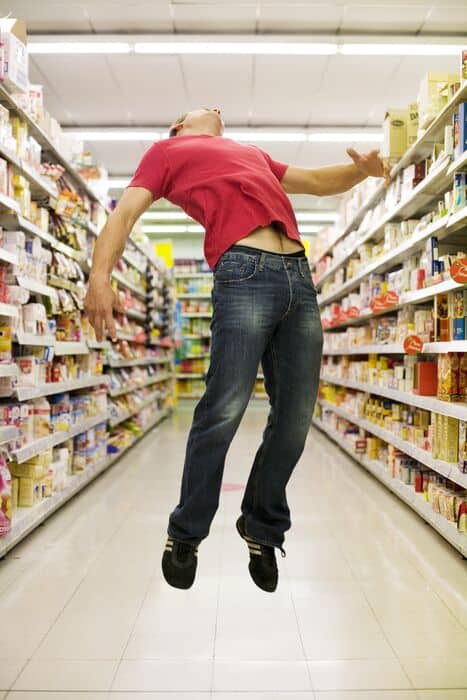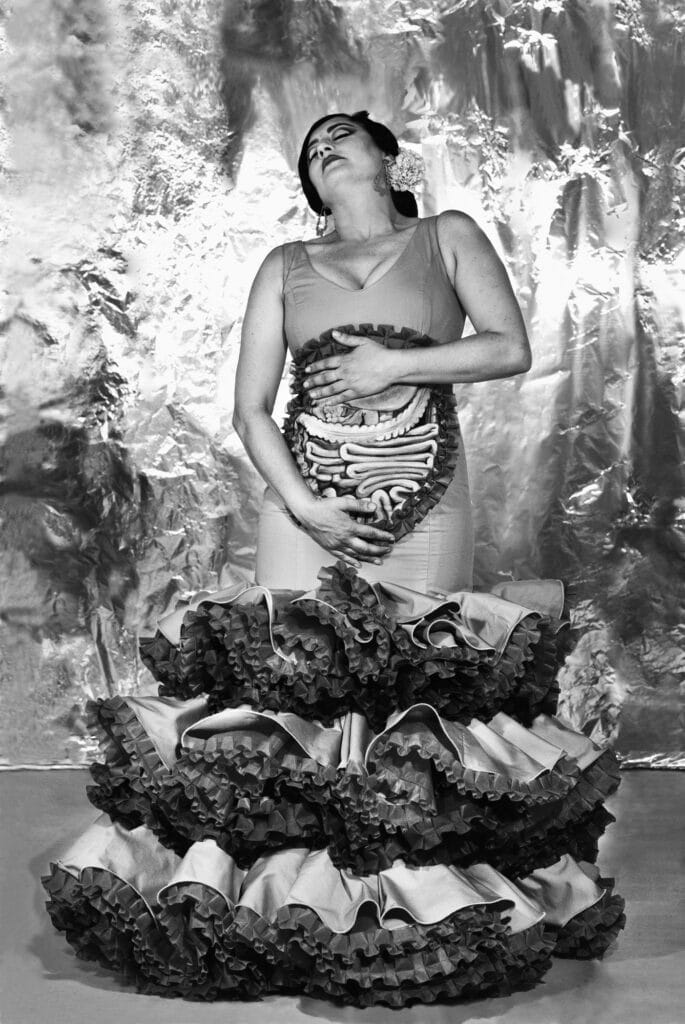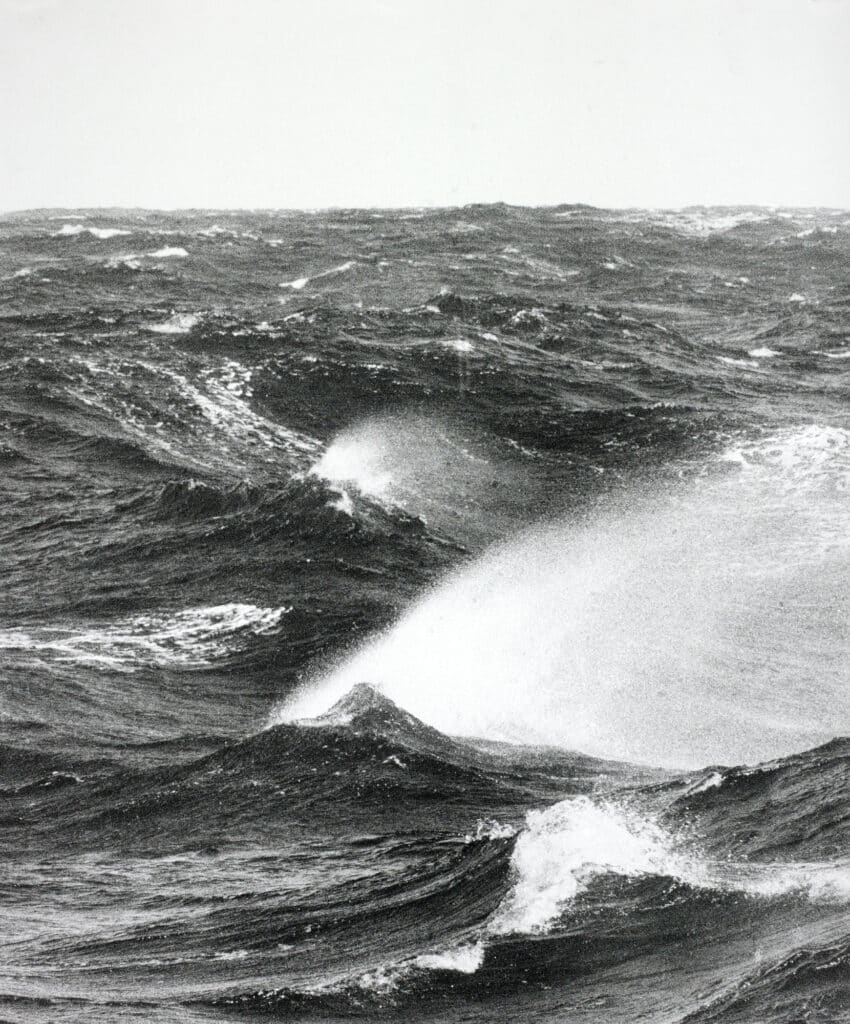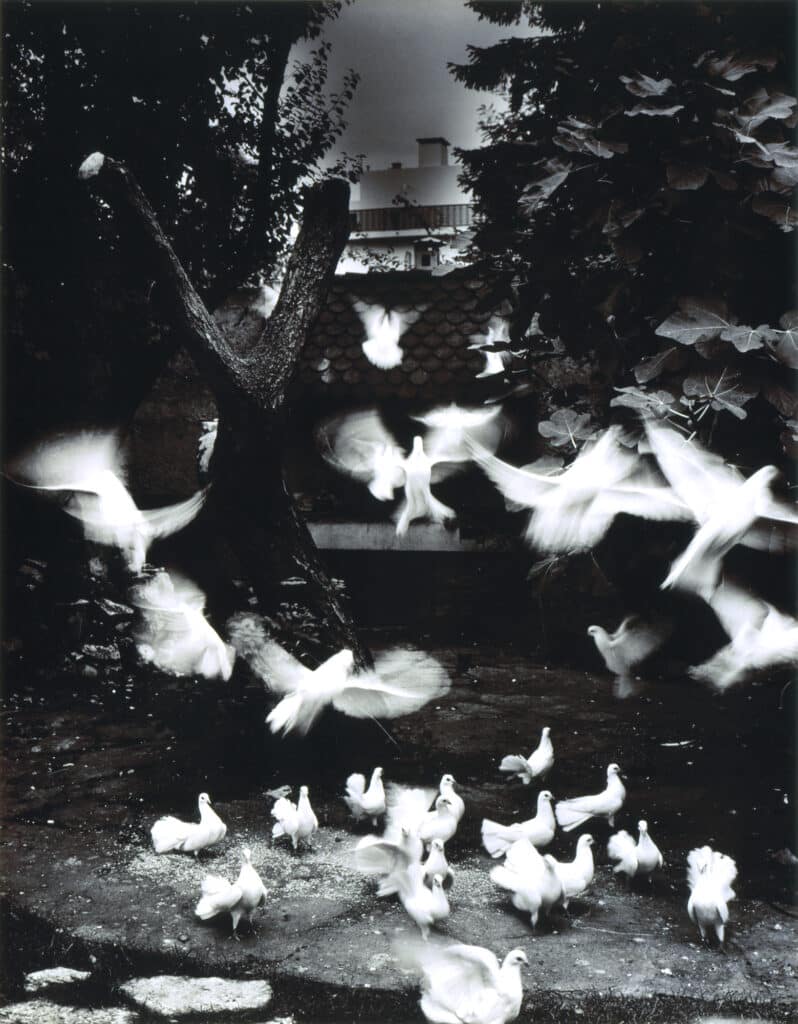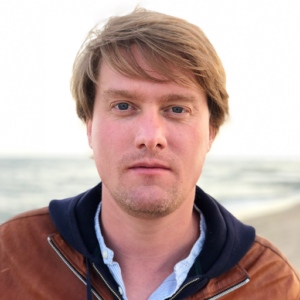“In recent years, Les Abattoirs has become the second-largest museum of contemporary art in France, after the Centre Pompidou, with major exhibitions that have made a name for themselves, notably those dedicated to Alberto Giacometti and Niki de Saint Phalle,“ says Pierre Esplugas-Labatut, the museum’s president, as he opens the exhibition entitled ‘Ouvrir les yeux’ (Open your eyes). “Les Abattoirs has taken on a new dimension; when I go to the Venice Biennale, I can see that the museum is clearly identified on the contemporary art scene.”
If the comparison is worth revising, right now at Les Abattoirs in Toulouse, it’s more about photography than contemporary art. The exhibition, commissioned by Christian Caujolle, artistic advisor to Château d’Eau, and Lauriane Gricourt, director of Les Abattoirs, is organized around 9 themes, spread over 8 rooms and the nave of this space whose animal past can be guessed from its singular architecture. They are successively entitled On the spot, Parallel realities, Sublimating the banal, Art and matter, The Factory of the Self, Double I, Perspectives – Places, Perspectives – Lines, and Photographic bodies.
“Open Your Eyes” retraces the history of photography, presenting the collections of the two partnering institutions. The exhibition features 250 photographs, with something for everyone. It’s an opportunity to test your knowledge, to rediscover an artist buried in your memory, to admire a work that’s dear to you, or to tell yourself that this one isn’t necessarily your favorite.
Here are a few ones: the classics by pioneers Eadweard Muybridge (1830-1904) and Étienne-Jules Marey (1830-1904), who succeeded in decomposing movement, such as galloping horses or the flight of birds; children’s games by Sabine Weiss to the flight of pigeons by Toulouse-born Jean Dieuzaide; everyday objects by Marcel Duchamp (1887-1968) and those anodyne situations sublimated by framing, light or color; the fabricated images of Pierre Molinier or André Kertész, photographers’ inventions and visualizations of an image that is first and foremost mental; the delicate, dreamlike landscapes of Matt Wilson, traversed by a light that is sometimes dark and sometimes brilliant; the decisive images of Trent Parke, also adept at unique atmospheric visions; or the amusing self-portrait of Agnès Varda in front of a painting by Gentile Bellini in which religious figures sport the same hairstyle as her (or vice versa).
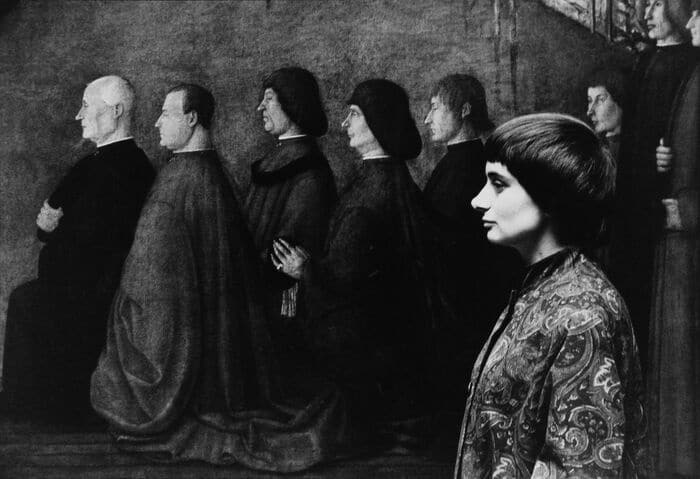
American artist Alfredo Jaar, on the other hand, mixes art with education, and this is probably one of the works that resonates most strongly in the exhibition. For Landscape, an installation whose images appear in mirrors but only when you’re close to them, the description on the wall reads: “For children. If you approach the mirrors in this installation, you’ll see the reflections of several photographs. Some show refugees at sea, people forced to leave their homeland to escape danger. Others are images of victims of recent or ongoing conflicts. This installation is called Landscape, because it shows a particular landscape, that of the current situation of people affected by conflicts around the world. This work questions how these tragedies are treated in the media.”
“Here, for example, we have photographs showing the conflict between Palestine and Israel. We have migrants crossing the English Channel,” explains exhibition curator Christian Caujolle. “This work shows all the plasticity of photography, because Alfredo Jaar originally trained as an architect.”
At the end of the tour, the former director of photography at Libération newspaper and founder of the VU agency lingers on the work of Dimitra Dede, which particularly touches him: “It’s an absolutely incredible work. There’s sensuality here, and death too with this photo of a dead bird. There’s the fragility of the end of motherhood, because this work was made after the death of his mother, and therefore contains great suffering. These images are as fragile as they are resistant. I’m particularly sensitive to the quality of these prints on Japanese paper; it’s a fabulous material, which allows us to render both the fragility and the strength of her work.”
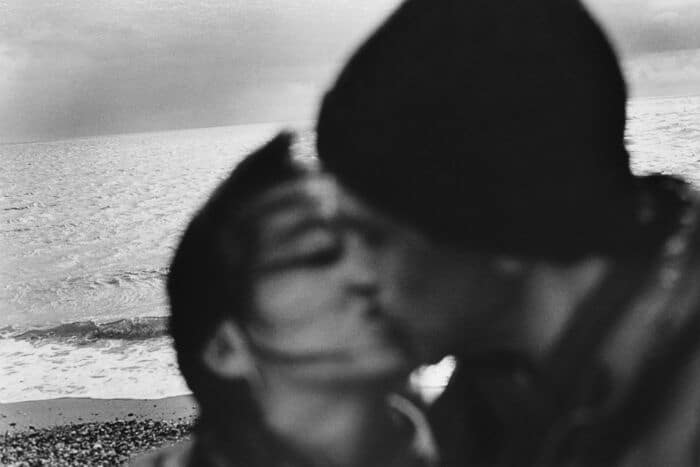
The exhibition entitled “Ouvrir les yeux” (Opening our eyes) can be seen at Les Abattoirs, Toulouse, until May 18, 2025.

